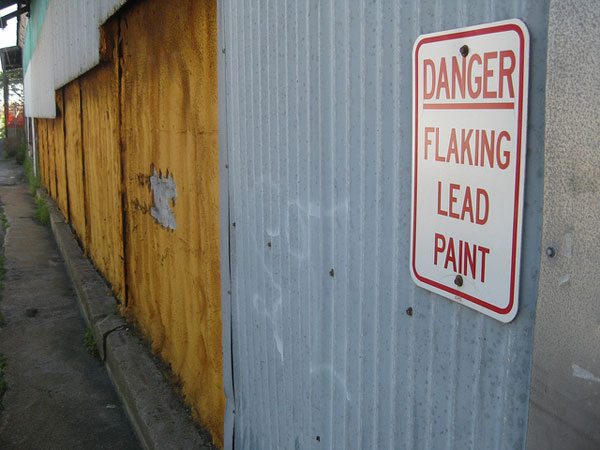
September 2, 2017; Pittsburgh Tribune-Review
Pittsburgh’s Tribune-Review reports on a new study by the Robert Wood Johnson Foundation and the Pew Charitable Trusts (RWJ/Pew). In her article, “Fixing America’s costly lead problem could yield billions more in benefits,” reporter Natasha Lindstrom summarizes the study, which suggests a variety of strategies to address lead poisoning that would pay dividends over time. Lindstrom fleshes out the RWJ/Pew recommendations with examples from Pittsburgh and Pennsylvania.
- “Reduce lead in drinking water in homes built before 1986 and other places children frequent.” This is the issue that answers the question, “Why now?” If lead poisoning has been an issue for decades, why push now? The answer is Flint, Michigan, where a national scandal set off a new initiative to prevent lead poisoning.
- “Remove lead paint hazards from low-income housing built before 1960 and other places children spend time.” Rochester, New York has set the standard for lead safe housing, achieving a two-thirds reduction in lead poisoning cases over 10 years just by requiring landlords to make their 1-4 unit rental properties lead safe. NPQ has previously reported on changing the paradigm from responding to poisoned children to primary prevention.
- “Prevention should work with states and local governments to support replacement of windows coated with lead paint, fix peeling paint, clean up contaminated dust, and treat toxic soil in and around those homes.” Lead remediation to a “lead safe” level can be a reasonable intervention. CDC study of how a “pay for success” model for lead remediation could operate.
- “Reduce lead in food and consumer products.” RWJ/Pew study shows a glaring gap in current lead programs. More recent news on lead in children’s toys came this week.
- “Clean up contaminated soil.” Lead from gasoline has settled into soil. A Lead Safe Housing protocol requires property owners to cover bare soil with grass. More extensive lead pollution from industrial sites could require superfund cleanups. The tenants at Calumet Estates and East Los Angeles show how low-income and minority communities have been the victims of industrial pollution.
- “Improve blood lead testing among children at high risk of exposure and find and remediate the sources of their exposure.” Joseph County in Indiana improved child blood lead testing by nagging health providers with the requirements of the law. In Pennsylvania, Allegheny County is expanding blood lead testing to all children at ages 1 and 2 and the state as a whole is considering universal testing.
Despite these examples, what’s lacking in many localities is the moral and political will to confront lead poisoning. Local elected officials who are focused on “payoffs” at the next election find it hard to commit public resources to cost savings that will be realized in a generation. Private owners of rental properties lack any financial incentive to address lead risks in their properties. Only the nonprofit sector can provide leadership for change.
Health and educational organizations that are charged to treat or cope with poisoned children must demand that homes, schools, and communities be made lead safe. The savings to these institutions is like a reverse endowment—long term cost reductions which permit future institutional stability.
For community organizations that are promoting safe and decent housing urban housing, lead safe practices are the cornerstone of rebuilding poor urban neighborhoods. As public concern grows, what potential homeowner will invest in a fixer-upper without the assurance that the property is lead safe or that lead remediation services are ubiquitous and affordable?
Sign up for our free newsletters
Subscribe to NPQ's newsletters to have our top stories delivered directly to your inbox.
By signing up, you agree to our privacy policy and terms of use, and to receive messages from NPQ and our partners.
Unmentioned by the RWJ/Pew study—but important for community development—is the fact that lead remediation can be an economic development tool. Keeping older homes lead safe requires periodic retesting and routine maintenance using lead safe (RRP) standards. Testing and remediation are high-touch local jobs that won’t be automated or outsourced. Faith-based organizations that send missionaries around to globe to “save the children” can find that there are opportunities at home that demand their attention. Civic engagement to bring all parties to the table is essential to eliminate lead risks.
Douglas Adams, author of the Hitchhiker’s Guide to the Galaxy, created for his novel a device designed to make spaceships invisible. He called it the “SEP drive,” with “SEP” standing for “someone else’s problem.” For nearly 50 years since Dr. Herbert Needleman identified the crippling effects of lead, childhood lead poisoning has been someone else’s problem. Will the nonprofit sector keep the issue in the faces of policymakers?
Spencer Wells is community manager for the Cleveland Lead Safe Network.
—Spencer Wells











